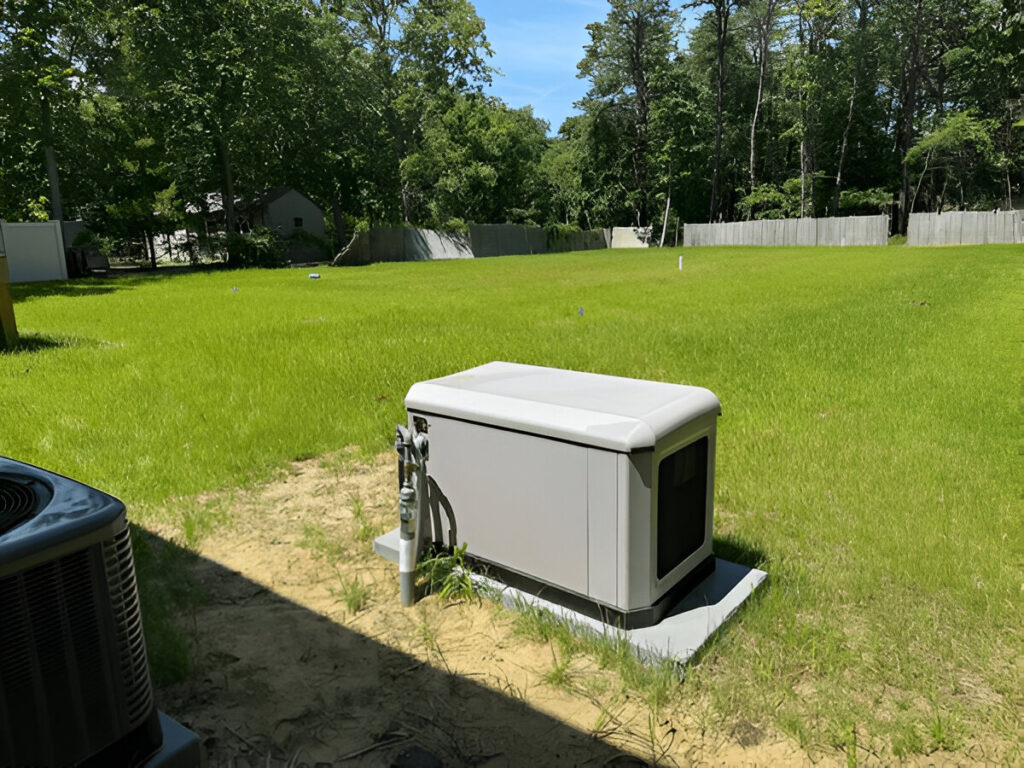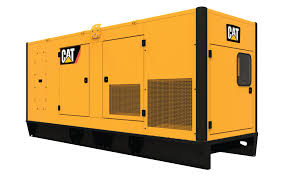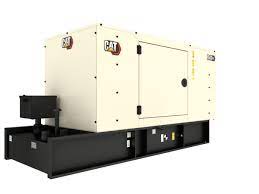Generator Installation is a crucial step in ensuring uninterrupted power during outages, whether for a home, business, or industrial facility. However, it’s not just about selecting the right model — you also need to adhere to the proper electrical code requirements to ensure safety, compliance, and performance. Whether you’re considering a diesel motor generator or a high-capacity Cummins generator in Canada, understanding the legal and technical obligations is essential.
In this guide, we’ll break down the key electrical codes and requirements you need to know before installing any generator system.
1. National and Local Code Compliance
In Canada, generator installations must comply with the Canadian Electrical Code (CEC). The CEC outlines mandatory standards for safety and operational efficiency. Additionally, each province or municipality may have its own specific regulations, permits, and inspection processes.
It’s essential to work with licensed electricians and certified technicians who are familiar with both national and local codes to avoid penalties, installation failures, or potential safety hazards.
2. Generator Location and Clearances
Proper placement of your generator is critical to meet code requirements and ensure safe operation. According to the CEC and manufacturer guidelines, generators must be installed:
- Outdoors or in a ventilated generator enclosure to prevent the buildup of carbon monoxide.
- With minimum clearances around the unit (typically 3–5 feet) to allow airflow and maintenance access.
- Away from doors, windows, and air intake vents to minimize fume exposure.
- On a stable, non-combustible base, like a concrete pad, to maintain proper leveling and reduce vibration.
Meeting these location guidelines is especially important when installing diesel fueled generators, which can produce more emissions and heat than smaller portable units.
3. Fuel System Requirements
Diesel generators come with specific requirements for safe fuel storage and handling:
- Diesel fuel tanks must be UL-certified and compliant with fire safety regulations.
- Tanks must include secondary containment in case of leaks.
- Fuel lines should be made of approved materials and installed with fire-resistant insulation.
- The installation must include spill control and proper signage for hazardous materials.
For anyone exploring a generator for sale, understanding these fuel system requirements ahead of time ensures smooth permitting and inspection.
4. Transfer Switch Installation
A major component of any generator system is the automatic or manual transfer switch (ATS/MTS), which ensures seamless transition between utility and generator power.
Code requirements for transfer switches include:
- Proper sizing based on the generator’s capacity and the building’s electrical load.
- Installation by a qualified electrician to ensure the switch isolates the generator from utility lines (preventing backfeeding, which is dangerous and illegal).
- Clear labeling and operation instructions for emergency use.
Whether you’re installing a brand-new Caterpillar generator system or looking for a used generator for sale, make sure the transfer switch is CSA-certified and compatible with your generator model.
5. Wiring and Load Management
Electrical wiring must be installed according to Section 10 and Section 12 of the Canadian Electrical Code, which governs:
- Conductor sizing based on amperage and distance to prevent voltage drop.
- Grounding and bonding to ensure the generator and system components are safely earthed.
- Overcurrent protection using properly rated circuit breakers or fuses.
Load management is also important. Overloading a generator can damage appliances and pose a fire risk. Code-compliant systems use load-shedding equipment or selective transfer to prioritize essential loads, such as lighting, HVAC, and refrigeration.
6. Emergency Systems and Critical Facilities
Facilities like hospitals, data centers, and emergency shelters must follow stricter generator code requirements:
- Generators must be sized to support life-safety systems and critical equipment.
- Backup systems must activate within 10 seconds of a power outage.
- Batteries and start systems must be monitored and tested regularly.
In these cases, high-reliability models like a Cummins generator in Canada or industrial diesel motor generator are typically required due to their proven track record in continuous and standby operations.
7. Ventilation and Exhaust Management
All generator installations must incorporate proper ventilation and exhaust systems to manage:
- Heat dissipation, especially in enclosed spaces.
- Exhaust routing to direct fumes away from occupied areas and air intakes.
- Noise reduction, especially in residential or commercial zones.
Enclosures with integrated exhaust systems and weatherproofing features, such as those available with select generator enclosures, can help meet these ventilation and noise control requirements.
8. Inspection and Testing
Once installed, the generator system must pass inspection by the local authority having jurisdiction (AHJ). The inspection will cover:
- Electrical code compliance.
- Proper fuel connections and labeling.
- Safe grounding and bonding.
- Transfer switch functionality.
- Load testing to verify system performance under simulated outage conditions.
Annual or semi-annual testing is also required to keep generators in peak working condition, especially for diesel fueled generators used in commercial or mission-critical settings.
9. Permits and Documentation
Before installation begins, ensure all required permits are obtained. Documentation should include:
- Electrical and site plans.
- Load calculations.
- Fuel system details.
- Manufacturer specifications for the generator and accessories.
These documents are typically required when applying for a permit and during the final inspection.
Conclusion
Complying with electrical code requirements is non-negotiable when installing a generator system. Whether you’re purchasing a brand-new Caterpillar generator from a trusted company or exploring a used generator for sale, the right preparation ensures your generator operates safely, efficiently, and legally.
At BC GENERATORS, we provide a wide range of CSA-compliant diesel motor generators, generator enclosures, and accessories for residential, commercial, and industrial applications. Our team can also assist you in selecting the right system and guide you through installation, permitting, and inspection requirements.





